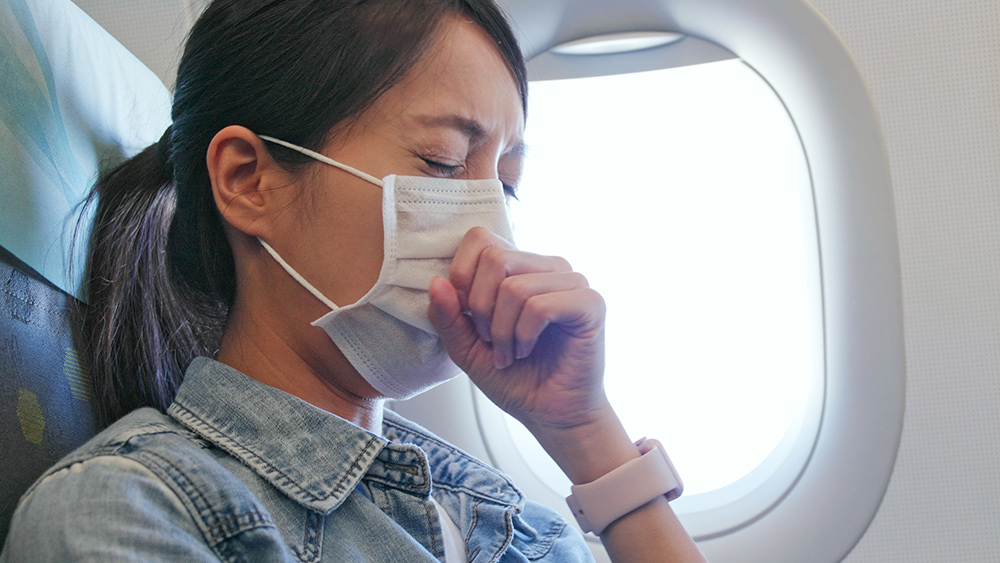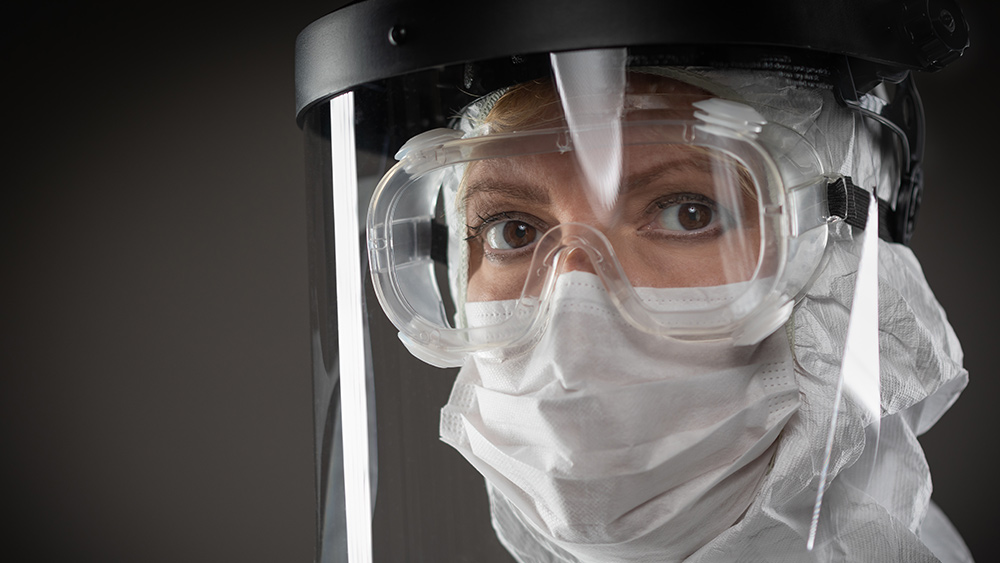WHO warns coronavirus pandemic now accelerating – what are U.S. states doing about it?
03/24/2020 / By Ralph Flores

As the coronavirus (COVID-19) blows past the 380,000-case mark, World Health Organization Director-General Tedros Adhanom Ghebreyesus has urged countries to take the offensive to beat the pandemic, which he says is accelerating. Tedros, speaking to reporters from Geneva, said that relying on measures such as social distancing and isolation may not be enough, as the disease has spread to nearly every country in the world.
“It took 67 days from the first reported case to reach 100,000 cases, 11 days for second 100,000 cases, and just four days for the third 100,000 cases,” he added. “But we’re not prisoners to statistics. We’re not helpless bystanders. We can change the trajectory of this pandemic.”
Tedros’s statements come as governments around the world continue to wage a two-front war with COVID-19 – stopping it from spreading further and protecting at-risk communities and populations.
More PPEs for frontliners, especially in hotspots
The WHO chief will also convene with G20 leaders to urge them to increase the production of personal protective equipment (PPE) for doctors and nurses, and remove any export bans on the life-saving gear. Currently, the WHO is asking suppliers of PPEs to send these to worst-hit regions and the public to avoid stockpiling.
“If we don’t prioritize protecting health workers, many people will die because the health worker who could have saved their lives is sick,” Tedros said.
The latest estimates from Johns Hopkins University‘s Whiting School of Engineering indicate that while China still has the most COVID-19 cases at 81,558, Italy and the U.S. are closing in with 63,927 and 46,450 cases, respectively, at the time of writing. If the upswing in cases continues, health officials warn that around 26 million health care workers could end up treating coronavirus patients, which can further strain health systems around the world in just a few weeks.
For Mike Ryan, the executive director of the WHO’s emergencies program, coronavirus caseloads are already pushing health systems to the brink.
“Doctors and nurses utterly exhausted,” he told reporters on Friday. “This is not normal. This isn’t just a bad flu season.”
More states impose measures to keep coronavirus at bay
More U.S. states, including Michigan, Massachusets and Indiana, issued stay-at-home orders on Monday, as leaders try to stem infection rates in their areas. In particular, Washington, Oregon, New Mexico and West Virginia also shuttered nonessential businesses, as well as advised residents to stay home. New York, New Jersey and California, considered to be the worst-hit states in the country, also enforced similar measures.
In Florida, an executive order by Gov. Ron DeSantis requires passengers from New York to undergo mandatory 14-day self-isolation. The edict, according to DeSantis, is designed to mitigate the risk from people looking to avoid the statewide lockdown Gov. Andrew Cuomo enforced late Sunday – even as the state continues to forgo similar measures, saying that this could result in massive layoffs. (Related: There may be 10 million Americans infected with the coronavirus right now, based on the trend of confirmed fatalities.)
Gov. Gavin Newsom of California called for other states to coordinate with him, saying that he did not want his state to crowd out smaller states. The nation’s most populous state is already under stay-at-home orders since last week. However, last weekend still saw people congregated at parks and playgrounds, indicating that many people were still ignoring the directive.
In New York state, which houses nearly half of all COVID-19 cases in the U.S., Cuomo urged the federal government on Sunday to nationalize the acquisition of ventilators and other medical supplies, as his state continues to be the new coronavirus epicenter in the United States. Public hospitals in New York City, for instance, are retraining medical workers, preparing them to treat more patients, and even asking for employees to take on more shifts.
Get the latest on the ongoing coronavirus pandemic at Pandemic.news.
Sources include:
Tagged Under: China, coronavirus, covid-19, Flu, Hospitals, infections, isolation, lockdown, lockdowns, medical staff, outbreak, pandemic, Public Health, quarantine, social distancing, superbugs, virus, WHO



















